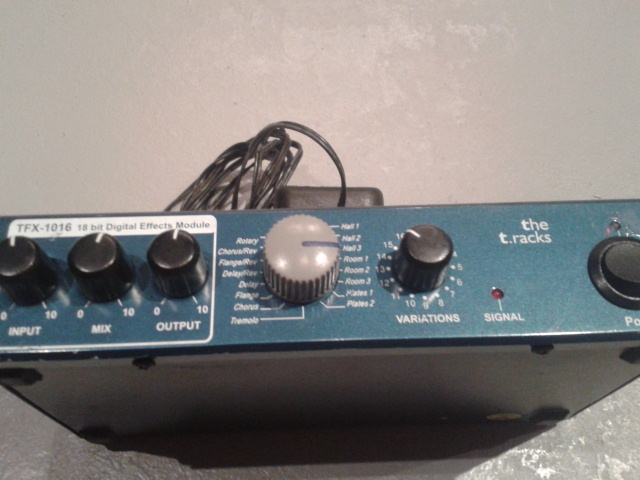

This makes it ideal for mixing and mastering applications. Soft clipping is a little different as it rounds out the peaks, creating a nice saturated and warm-like sound. This causes some distortion and can sound good depending on the material you’re running through the software application. Hard clipping cuts peaks abruptly in a straight line. It’s also worth experimenting with the slope knob, blending the two clip settings (hard/soft). To use a clipper, simply insert it into the channel of your choosing (audio/midi) and dial in the amount of saturation you need.Īs a general rule, start with a low amount of saturation and increase the gain slowly so you can hear the different transitions of the sound until you’re happy with the overall character and tone. Processing each channel slightly differently can help widen your stereo field even before using a stereo imager. You can process both the Left and Right sides of the signal equally or independently. L/R/=: Here, you can control how your signal is processed in terms of the stereo field.

So no matter how much you drive the gain, that’s what the limit will be, serving as a limiter, so to speak. by default, it’s preset at 0dB, resulting in the internal clipping ceiling of -0.05 dBfs. Output: This is the last part of the signal chain, where you control the final output signal. Or you can leave the setting somewhere in the middle to get the best of both, just like dialing in wet/dry settings on reverb or other fx. Setting the Slope 100% counterclockwise = soft clip, and fully clockwise = hard clip. Slope: The Slope knob allows you to control the clip shaping of your audio. The higher input, the more saturation you get! Gain: Gain controls the amount of signal coming into the clipper. There are three knobs controls to use, making it easy to dial in the right sound.
The first thing you’ll notice is the simple yet effective interface. However, when used tastefully, it can add depth, warmth, and punch to your tracks. Saturation is an important tool in music production it’s a type of distortion that occurs when the signal level is increased beyond the point where the audio quality starts to degrade.


 0 kommentar(er)
0 kommentar(er)
